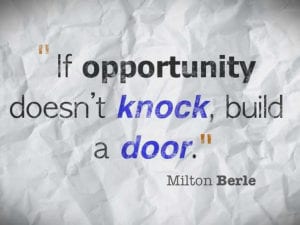
How to reduce limiting beliefs, you ask? The most common limiting belief has nothing to do with you, especially as an amputee. It is the hoard of people who look at you and say,” Sorry!” as they dart away like deer. You reserve your sabotage to any of the following: “I’m not the type who works out. I’m not fit.” Finally, there is the” I’m just fine sitting here.” Obsessive-compulsive behaviors and cognitive dissonance thoughts are all repackaged limiting beliefs that form your personal belief system, which are your ideas that certain preconceptions about yourself are real. What makes them real is what separates their beliefs from normal behaviors. These are usually backed by emotional, moral, or spiritual certainty.
What are limiting beliefs?
They are beliefs, often unexamined, that limit your ability to recover from an amputation fully. You may have a twin brother who is full of life, and you feel you have one foot in the grave. Limiting beliefs restricts you in some way—and they’re often based on fear or self-doubt. Fear is quickly learned as a way to escape the pain. It is very hard to unlearn and takes a good deal of courage, especially if you are an older, overweight amputee. You held these moments close enough that they became a part of your limiting beliefs. And these moments were often laced with embarrassment, fear, or shame. This faulty thinking is a manifestation that has gone wrong.
Examples of Limiting Beliefs
A top example of limiting beliefs is that you will never live the life you did before your amputation. The second limiting belief is a profound fear that you will fall. The third (higher for females) is that you are unlovable because of your body image. Fear of rejection often quickly leads to social anxiety. Fear of not being able to return to your previous job leads to recklessness. Fear that you will never get what you want alternates with the belief that you don’t deserve the success you may have achieved. You are going to have to work very hard to make up for missing a limb. Lastly is the belief that others will sabotage us because they think we are a cripple.
How to Reduce Limiting Beliefs
How to reduce limiting beliefs starts with identifying that belief as a lie. There is a kernel of fear for each of the ten limiting beliefs listed above. That fear becomes a lie that you can’t do something you want to achieve. It is not that your goal is unobtainable but that you are too scared to try to obtain it. Overcoming that fear is difficult. Start by identifying one of your limiting beliefs. Those beliefs can be confronted as a negative thought that is not true, but you think it is. The first step to overcoming limiting beliefs is identifying them. Beliefs are not reality. It requires you to limit your actions because you feel the lie is true.
How to Reduce Limiting Beliefs After An Amputation
How to Reduce limiting beliefs stemming from your amputation? Recognize the lie behind it. “I can’t use my prosthetic limb like my other leg,” you say. All limiting beliefs are lie. Only you can decide if it is true. This is how it gains power over you. Say your limiting belief is you can’t use your prosthetic limb. It seems that no matter what you do, you can’t operate it properly. However, all it takes is more time and energy to learn.to challenge this limiting belief. Before you resign yourself to a wheelchair, get some professional help. There are amputee coaches out there with specific skills in helping you to learn what to do with limiting beliefs.
How to Overcome Your Limiting Beliefs





